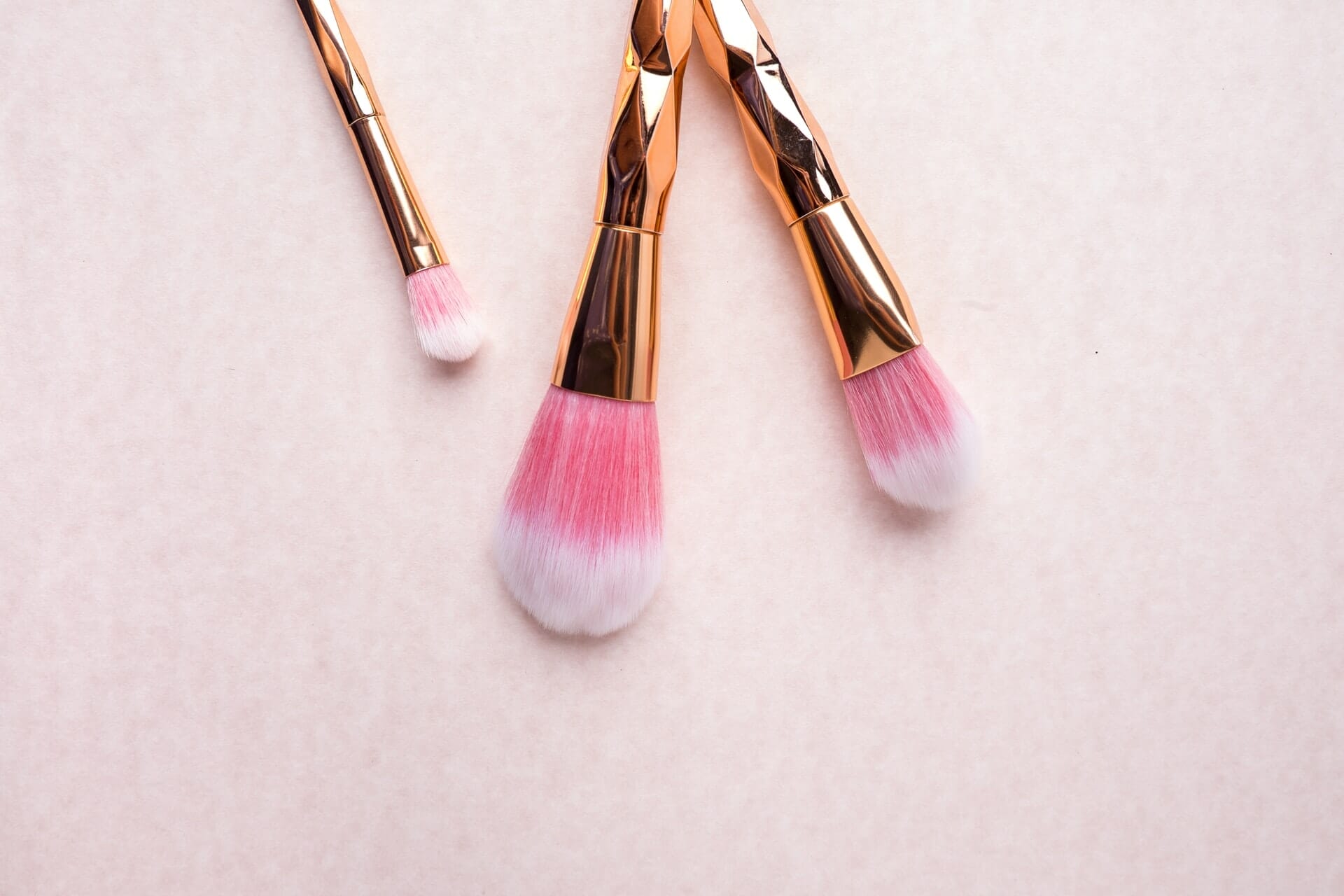For years, the norm of the beauty industry has been to prioritize profitability in the face of fierce competition, with cosmetic manufacturers, including OEM cosmetic manufacturers, introducing and manufacturing new products at breakneck speed to keep up with the pace of changeable trends.
With numerous products being released on the market every day, plenty of waste is also being released into our environment. It’s obvious that we cannot just recycle our way out of this situation. Hence, cosmetic manufacturers need to place more focus on circular beauty products.
What is Circular Beauty?
The word refers to a green business strategy that reuses resources, increases the quality of products to make them last longer, and reduces waste.
Circular beauty has gained a lot of traction in recent years, thanks to extensive brand commitments, government action, and NGO projects all around the world aimed at creating a truly global circular economy where waste is eradicated and resources are constantly reused.
As calls for circularity in the beauty industry got louder, many cosmetic manufacturers, including cosmetic contract manufacturers, started to look into supply chains that included waste reduction and zero waste methods as a key part of the idea for customers.
Here’s what industry experts have to say:
Mintel‘s Associate Director of Global Beauty & Personal Care, Lauren Goodsitt
Although innovation is essential in the cosmetics sector, it may raise worries about unnecessary waste. A greater emphasis on sustainability lays environmental responsibility on both end-users and businesses.
Businesses that make the environmental and social implications of their products plain and concrete can help consumers justify switching to greener or more ethical brands. Consumers want concrete indicators and will stick with businesses that promote ethical business practices.
Customers will put pressure on cosmetic manufacturers to change their strategies so that they are more in line with their own values. Brands will have to come up with new ways to show their commitment to circularity.
CEO and Co-Founder of rePurpose Global Packaging Consultant, Svanika Balasubramanian
As the beauty business continues to grow, it’s good to see a trend in the industry toward changing gears and making packaging more circular.
While this is an excellent initial step, there is now more than ever a drive for cosmetic manufacturers, including OEM cosmetic manufacturers to incorporate circularity at every level of their value chain in a comprehensive and transparent manner rather than as a one-time move.
From our experience helping over 100 personal care companies take real plastic action, we know that circularity is a key to unlocking the systemic change that the world needs.
NYSCC Chair, Giorgio Dell’Acqua
Many components of the circular model are known to those familiar with the sustainability approach, so conservation and repurposing are crucial. The concepts of circularity and sustainability might overlap when producing a cosmetic product, including private label cosmetic products or ingredients.
The manufacturing method takes into account green chemistry, environmental conservation, pollution reduction, waste reduction, low water usage, and end product upcycling. An example of an integrated circular model is the creation of industrial hubs that use different components of the same raw material to get the most out of it and reduce waste.
Dow‘s Global Segment Leader Cosmetic Actives & Sensory Enhancers, Sandro Sato
In terms of product packaging, circularity is definitely more advanced now. Ingredients for certain cosmetics sectors are also following trends from an earlier period. The maturity curve varies depending on which part is being considered.
Other cosmetics did not place a strong emphasis on naturals. There are several reasons for this. One of the reasons is that they couldn’t discover a replacement for silicone or other alternative substances that provided the same degree of performance.
The cosmetics business is becoming more prepared. It’s no longer about being completely natural; it’s about being more sustainable with the correct components. The cosmetics business is going through a revolutionary journey, and the maturity curve will change depending on which section you look at.
Final Thoughts
To truly engage in a circular beauty endeavour, companies must promote sustainability for skincare products and improve their environmental credentials.
Collaboration is key—beauty businesses can earn value by collaborating with cosmetic manufacturers, including OEM cosmetic manufacturers, to undertake sustainable efforts. Transparency is vital when conveying information to the consumer.


